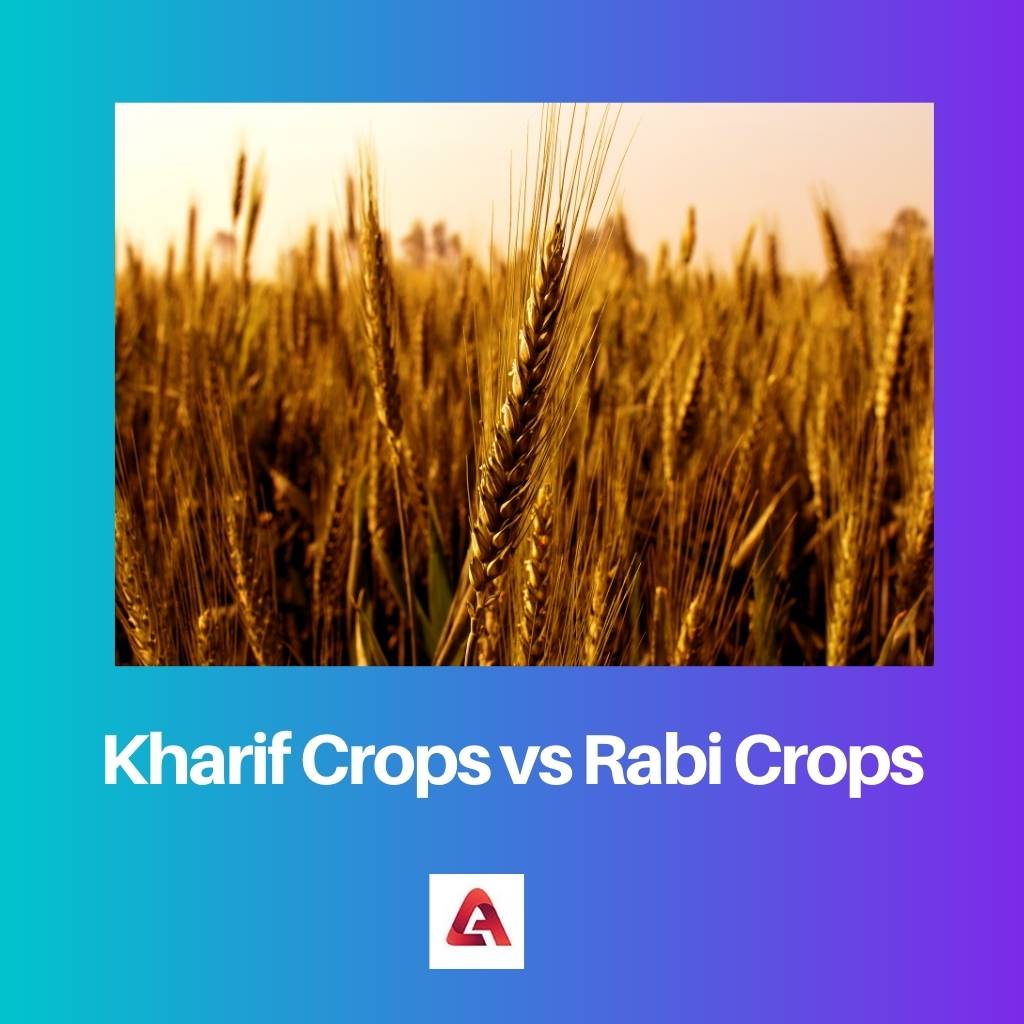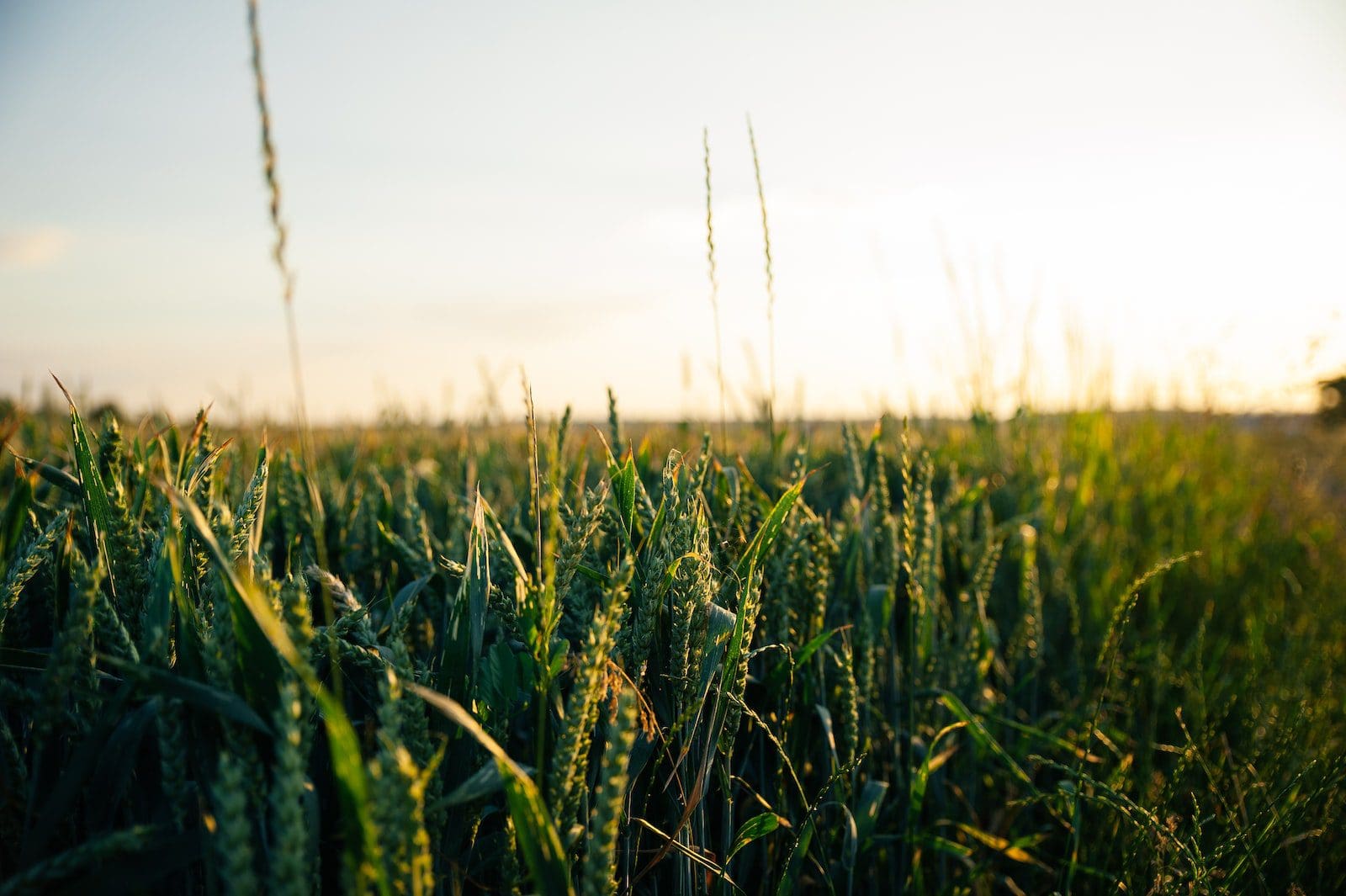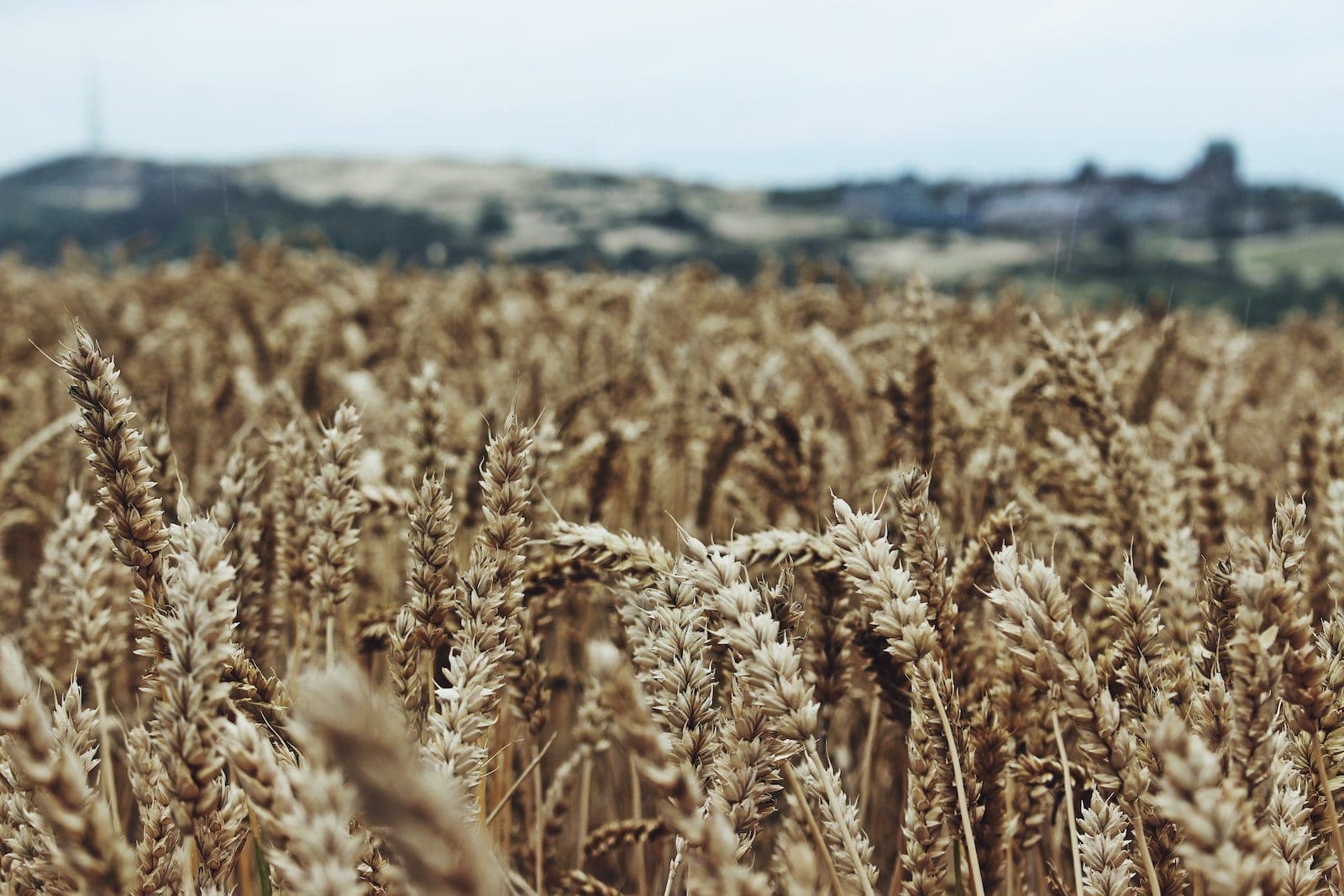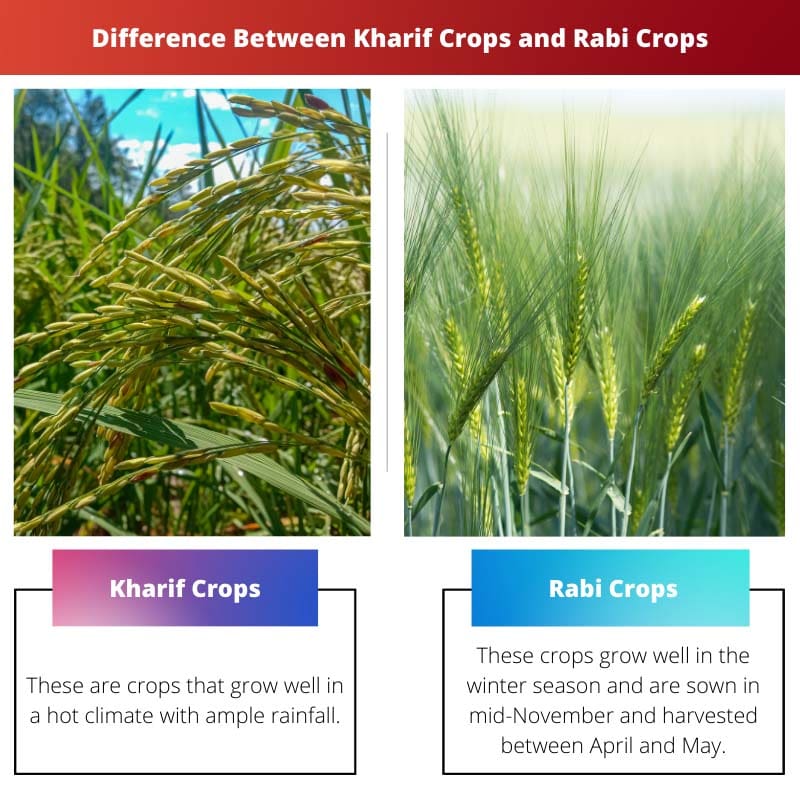Different crops grow in different seasons and different areas of the world based on climatic conditions and rainfall. Based on the seasons in which they grow, crops can broadly be divided into Kharif and Rabi crops.
Key Takeaways
- Kharif crops are sown in the rainy season, while Rabi crops are sown in winter.
- Kharif crops require a lot of water and are grown in regions with high rainfall, while Rabi crops require less water and are grown in regions with low rainfall.
- Kharif crops include rice, maize, and cotton, while Rabi crops include wheat, barley, and mustard.
Kharif Crops vs Rabi Crops
Kharif is the harvest season in India which is sown in the rainy season and harvested in the winter. Kharif’s crops include rice, maize, cotton, and others. On the other hand, the India Rabi crops are planted in the winter, harvested in the summer, and include wheat, barley, and mustard.

The Kharif crops require a hot and humid climate with an ample amount of water. An example of the Kharif crop is rice.
Rabi crops are also known as winter crops since they are sown in November and require less rainfall. Rabi means spring season in Arabic.
Comparison Table
| Parameters of Comparison | Kharif Crops | Rabi Crops |
|---|---|---|
| Other Names | They are known as Monsoon crops/ Autumn Crops | They are known as Winter Crops |
| Harvesting Months | They are harvested between October and November | They have between April and May |
| Sowing Season | Usually sown in May with the onset of monsoon in India | Preferably sown in mid-November after the monsoon season is over |
| Rainfall | They are sensitive and can be damaged by too much or too little rain | They are not affected but can be spoiled by winter rain |
| Climatic Conditions | They grow well in hot weather and ample amount of water | They require mild weather for seed germination and comparatively colder weather for growth |
| Etymology | In Arabic, Kharif means autumn season | In Arabic, Ravi means spring season |
What are Kharif Crops?
These are crops that grow well in a hot climate with ample rainfall. They are sown at the onset of the monsoon season in India and harvested between October and November.
Rice is, without contention, one of the most important Kharif crops in India. It is grown in areas with a high level of rainfall that is hot and humid.
The production of rice is low compared to wheat which is a Rabi crop, because the Green Revolution mostly resulted in an increase in the production of wheat.
There are various methods of cultivation of Kharif crops. Some of them are as follows:
- Transplantation-It is the most common method and also yields the best results. A lot of work is required for this method.
- Drilling method-In this method, one person makes a hole in the land, and the other person shows the seed. This method is exclusive to India.

What are Rabi Crops?
These crops grow well in the winter season and are sown in mid-November and harvested between April and May. They are harvested in the Spring season.
They require frequent irrigation as they are grown in areas with less rainfall. They require a longer day length to flower. Rabi is derived from the Arabic word, which means spring season.
Wheat –It is the second most essential crop in India. Wheat requires 17 to 20°C temperature for proper growth, and rainfall should be between 20 to 100 cm.
Mustard – Mustard is one of the most widely used crops in Indian households. It is used in the form of both mustard seed and mustard oil.

Main Differences Between Kharif Crops and Rabi Crops
- In Arabic, Kharif means autumn season, while Rabi means spring season
- Kharif crops are harvested between October and November. On the other hand, Rabi crops are harvested between April and May.


The detailed explanation about the cultivation methods for Kharif crops was particularly interesting. I learned a lot from this article.
This article provided a comprehensive overview of Kharif and Rabi crops. I especially appreciated the etymology and the specific crops listed under each category.
The inclusion of the etymology of Kharif and Rabi was quite fascinating. It adds an additional layer of understanding.
The discussion of the cultivation methods for Kharif crops was highly informative, especially the comparison between transplantation and drilling methods.
The breakdown of the various cultivation methods definitely enhanced the understanding of Kharif crops.
This article provided a well-structured comparison of Kharif and Rabi crops, and I found the details about the cultivation and significance of each crop to be extremely educational.
The article’s comprehensive examination of Kharif and Rabi crops was definitely thought-provoking and educational.
I couldn’t agree more, the depth of information about each type of crop was impressive.
I found this article very informative. It was a very clear explanation about the different crops, and it helped me understand the differences between the Kharif and Rabi crops. I appreciate the comparison table and the references provided.
I agree, the comparison table was very helpful in understanding the contrasting features of Kharif and Rabi crops.
I appreciated the emphasis on the climatic conditions required for Kharif and Rabi crops. It made it very clear why certain crops are grown in specific regions.
The distinction between Kharif and Rabi crops was explained concisely. The details about rice and wheat were particularly enlightening.
The article did an excellent job at explaining the significance of rice and wheat as Kharif and Rabi crops.
I agree, the focus on rice and wheat helped clarify the differences between the two types of crops.
The article’s emphasis on the differences in rainfall and climatic conditions for Kharif and Rabi crops was particularly insightful.
The detailed description of the sowing and harvesting seasons for Kharif and Rabi crops was very well presented. It made it easy to understand the timing of each type of crop.
The information about the most important Kharif and Rabi crops was very enlightening. I appreciate the effort put into compiling this comprehensive overview.
Agreed, the article provided a thorough examination of the essential crops in both categories.
The inclusion of the most important crops further solidified the understanding of Kharif and Rabi crops.